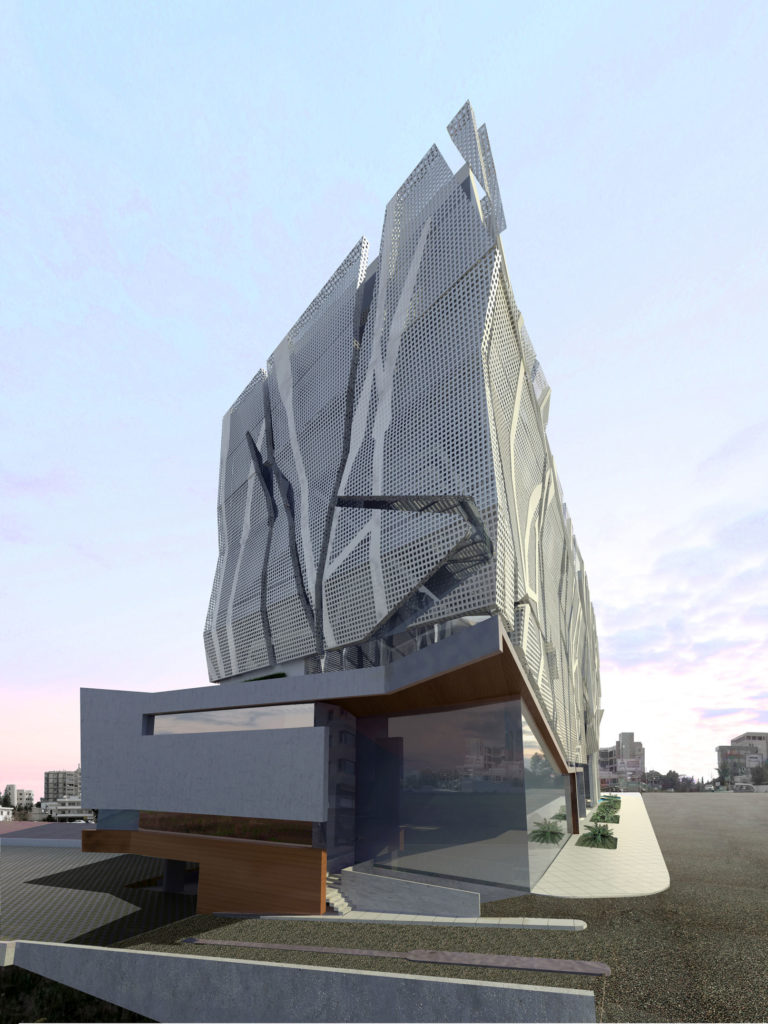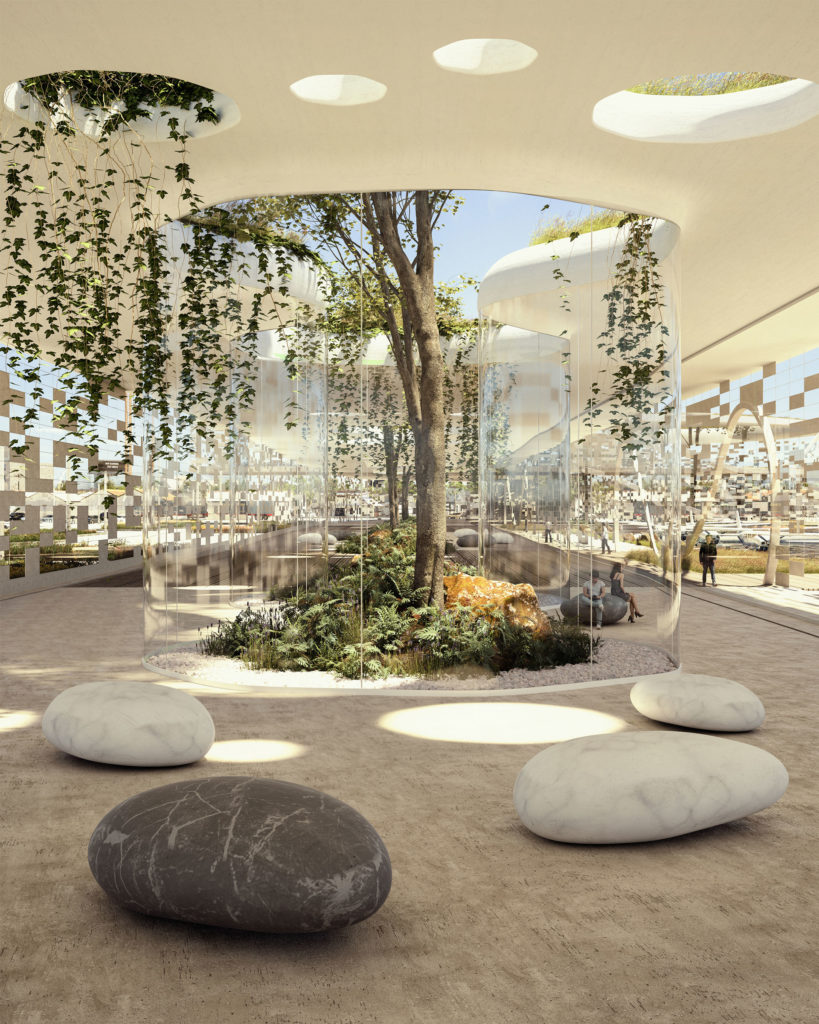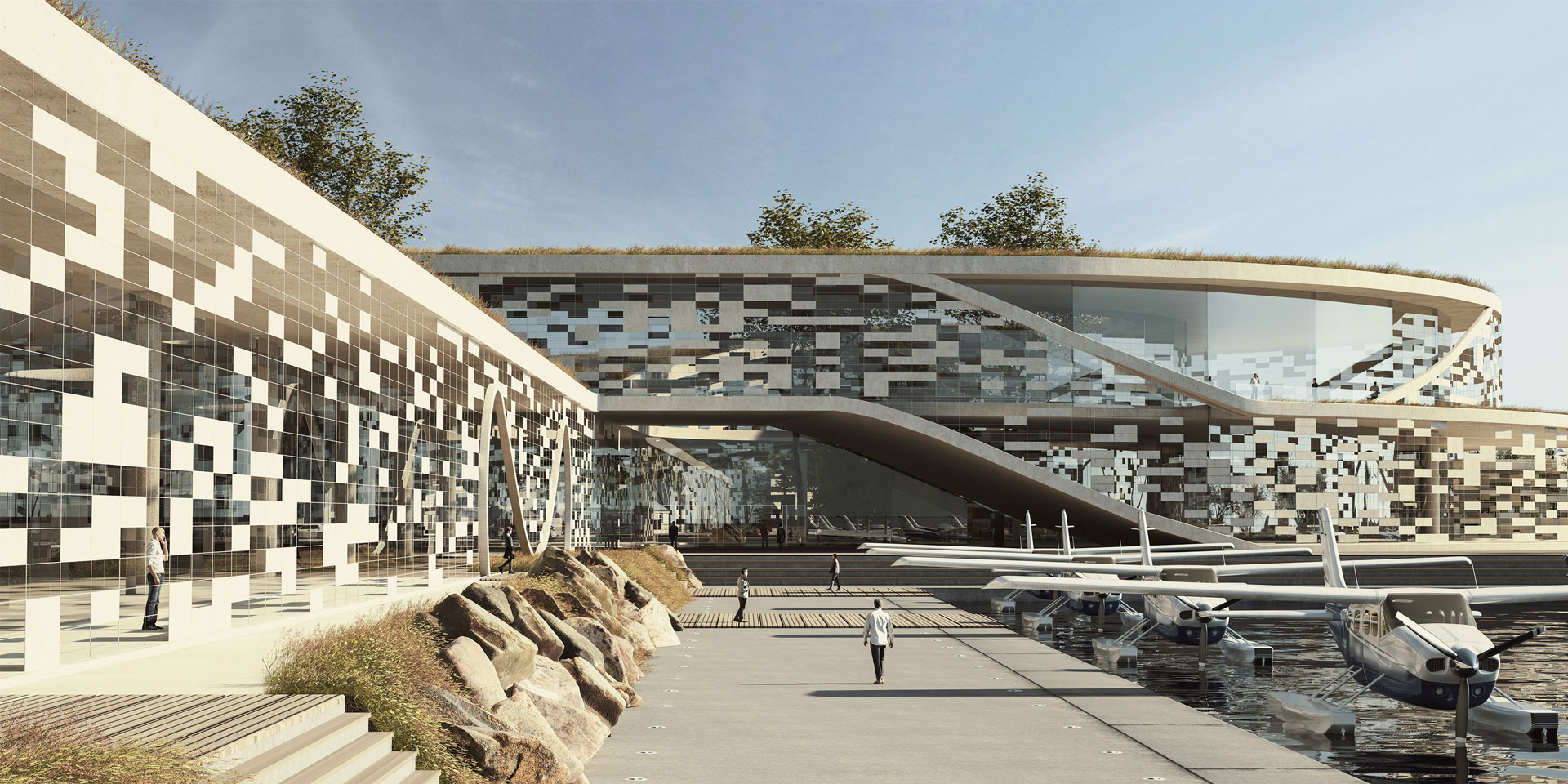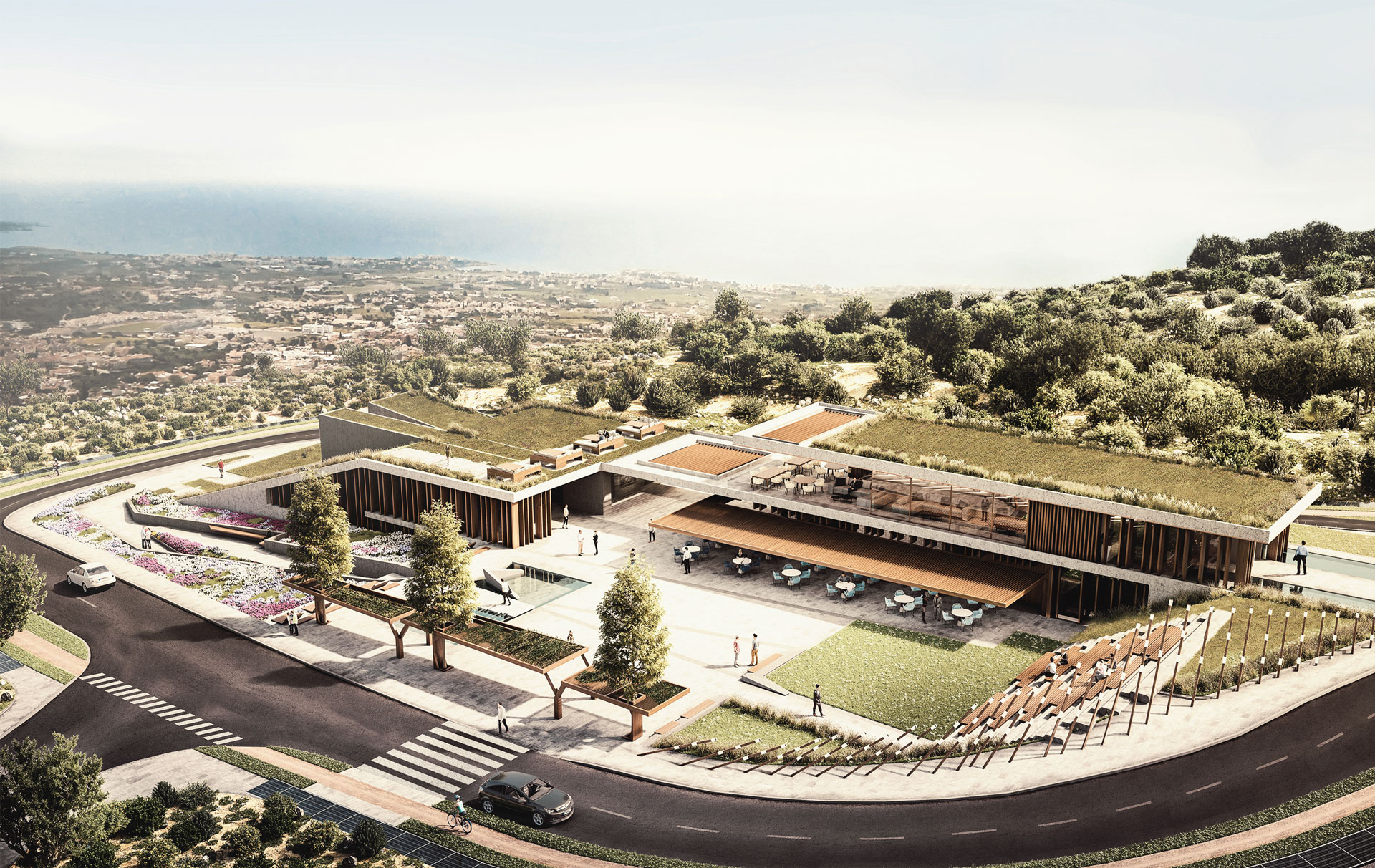
Stella Pieri and Pieros Pieris are partners of Pieris.Architects. They create buildings with “eco-emotional intelligence”—a term they invented to describe their design philosophy—meaning spaces that inspire users’ respect for the natural environment and meet their needs in harmony with nature. In 2004—when Stella and Pieros returned from their studies in England and founded Pieris.Architects—they set up a thriving full-service firm, imbued with an extrovert spirit and a mission to create architecture that enhances people’s quality of everyday life.
“We enjoy working on buildings of different types and scales and we always follow a performance and information-driven design process that takes into account the urban, natural, and cultural context of each project,” explains Pieros. “Our work is the result of extensive research, playful experimentation, and intellectual manifestation.”

Developing further a grand architectural legacy—inherited from Constantinos Pieris, their father who established their architecture firm back in 1976—they went on to achieve a radical mutation in the practice of architecture, making their mark with their passion for sustainability, their appreciation of cutting-edge materials, and their perspective on the future.

Stella is a firm believer that architects have the ability and the responsibility to design for the present and the future; to respect and protect the natural environment, as its role is essential to human health and well-being.
“At Pieris.Architects, we strive to deliver pioneering projects with a greater positive environmental and social impact; projects that incorporate modern technology in unexpected ways and act as catalysts for growth”.

On one level, Pieris.Architects are being called upon to design buildings that respond to substantial challenges. “Clients from different countries and backgrounds trust us with the design of houses, apartment complexes, and office buildings, but also other building typologies with complex operations, such as the Attica Metropolitan Seaplane Port, hotels, and medical facilities among others”.
Their architecture, however, isn’t merely shaped by the trends and developments in the sustainability realm. It rather integrates them while serving the current societal conditions and deliberating what one is leaving behind for those that follow.

But how can architecture respond to fast-evolving situations or even prepare to cope with what is not wholly apparent? In Pieros’ mind, “architecture is indeed a field where change can be slow. In a way, this makes sense if you consider that it can take years from concept to execution for a new building to rise. Nowadays, however, change is happening at an unprecedented pace; global warming, the war in Ukraine, and the pandemic are just some examples of a world in flux.

In response to these changes, architects are being called upon to reshape the building environment ranging from education, workspace, community, housing, and anything that the last few years’ challenges have touched and transformed. So, as architects, we need to be endlessly curious and open to change, with the ability to retain as much flexibility as possible in thought and practice – in other words, we must go beyond the traditional means of design, finding new ideas as soon as they appear and new ways to give them a public platform.”

In this context, this expansion of the ‘playing field’ is urging architects to ask harder questions and take responsibility for the strategic role they increasingly play. So when asked what makes a visionary, Stella describes a person “who can conceive a finer version of an existing situation and use this as a driving force to bring change in people’s everyday lives; someonewith determination, resilience, persistence, and complete belief in themselves and their purpose,” and Pieros fittingly adds that “visionaries are free thinkers, dreamers, and problem-solvers; people who channel their vitality and energy to master their abilities to create better worlds for others.”